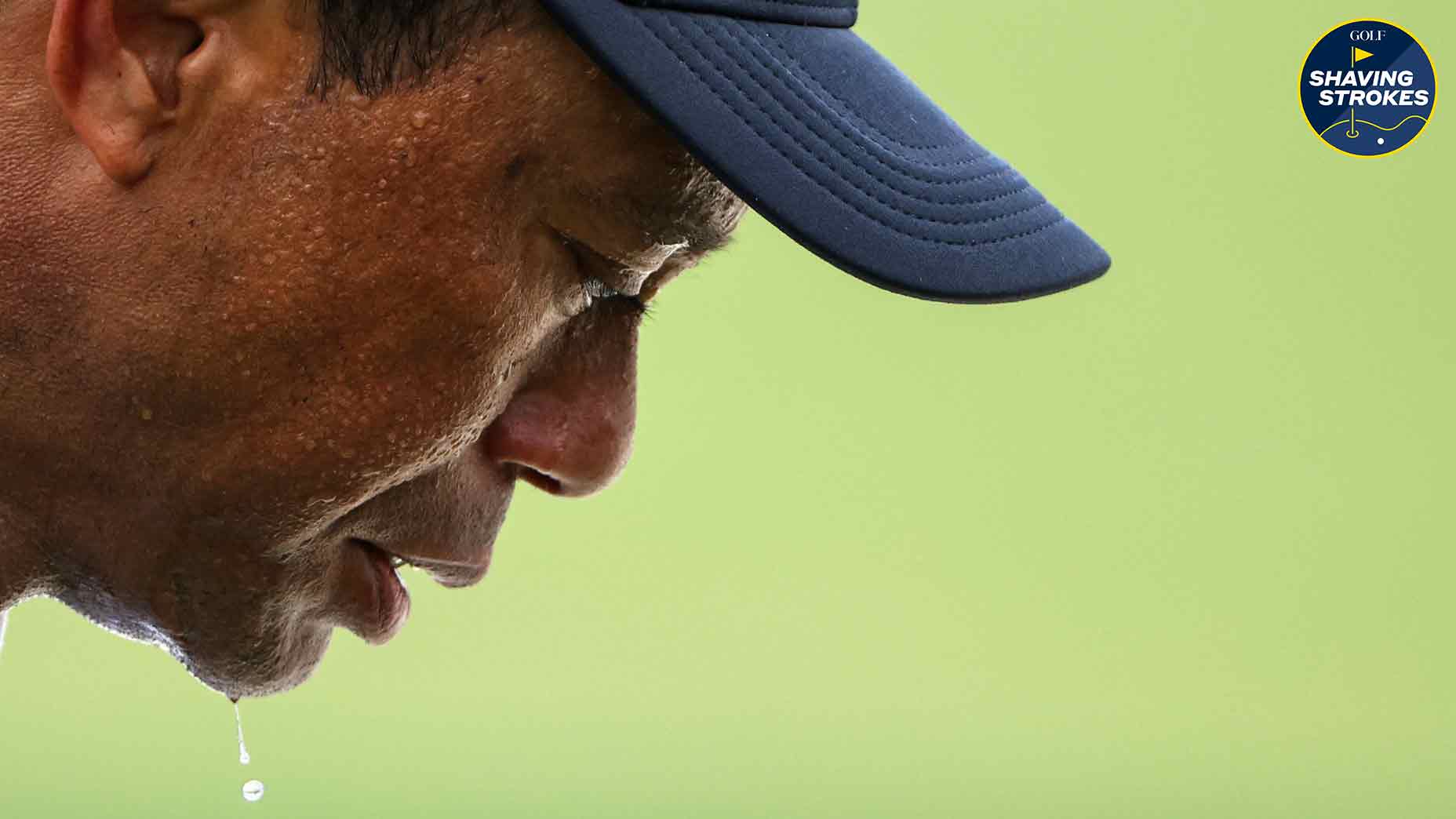These 3 common bunker shot mistakes are holding you back. Here’s how to fix them

Cleaning up these common bunker shot mistakes will lead to better results.
Getty Images
For all you fellow amateurs who struggle with hitting a bunker shot, fear not, because there will be a day when you no longer get anxiety when your ball lands in the sand.
Hopefully, that day will be sooner rather than later.
To help you reach that point faster, the first step is admitting you have a problem — and addressing those issues head on — because you aren’t the only golfer out there doing things the wrong way.
That’s why we’ve highlighted the three most common issues players routinely make with their bunker shots. Take a look at the problems below, and then learn the way to correct it to see better results from the sand.
You’re making the clubface too square
Remember, you’re not trying to hit the ball. You’re trying to hit the sand first in order to get under the ball — which will help get good height and speed out of the bunker, allowing the shot to land softly on the green.
In order to do this, open up your club face, pointing the grooves of your club just a little right of your target line. This allows the club to skid beneath the sand rather than dig (which may prevent following through).
Aim for hitting about an inch behind the ball, which should produce a nice high, soft shot with some spin.
You’re leaning back in the downswing
In an effort to try and get under the ball, many amateurs find themselves leaning back, thinking the added angle will lead to the club getting under the ball for a solid out. It’s something I routinely do — and am slowly starting to break out of.
Rather than lean back, be sure to keep your weight forward.
A general rule is to put about 60-65 percent of your weight on the front foot, and then make sure your feet are wide (just outside of your shoulder width); which will give you a solid base. As you come through your downswing, keep all the weight on your front foot.
This will help prevent hitting a bunker shot thin, causing it to fly the green — and leaving you with more strokes to get on the putting surface.
You’re reducing club speed
Similar to the above, most amateurs fear hitting a thin bunker shot and flying the green. So what do they do instead? They reduce the swing speed as they come through impact.
Of course, when this happens, there isn’t enough club speed to get the ball out of the sand. This essentially causes a chunked shot, leaving a player with another bunker shot after failing to get out.
Instead of reducing the club speed, be sure to gauge the distance you need to get out of the sand, hit about one inch behind the ball, and take a normal swing. Not only do you need the club speed to generate the necessary height to get out of the bunker, it’s also the main component for producing ball spin.











